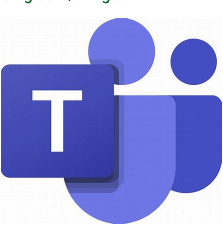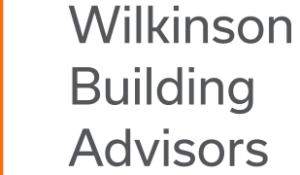There is a reason that Teams is a fast growing platform. It is affordable, has wide application, and its learning curve is relatively flat. It is flat however only if some basic lesson are applied.
- Find a balance between central and decentralized control; the ability to form a new Team should NOT be controlled by IT but the role should be bestowed on persons who evidence basic understanding of how to use the platform.
- As in all matters involving standards of practice for an organization, there needs to be an active and informed executive. Advocacy and learning support are critical.
- Organizational best practices should be supported by some useful templates that define the Teams, Channels, Post, files hierarchy appropriate to the business.
- The rhythm, frequency of posts to a Team should support common understanding but not get to deep in trivia. Remember, the point is to inform and leave a record for the group (the Team) and not obscure concepts with unnecessary detail.
- The possibilities of engaging Guests should be fully explored and used where possible. BUT, beware that posts usually go to the entire team. Think carefully about guest selection, they usually get all the posts.
- Lastly, Teams is about working anywhere at any time the user can get on the internet. The mobile app for the iPhone is very helpful to stay informed.
- Take some time to learn in the early going. Don’t smother startup with top down controls; guide gently.
I’m a fan of Gini von Courter at LinkedIn Learning, her style helps us all to learn. Here is her current offering for Teams. It is time well spent:
https://www.linkedin.com/learning/microsoft-collaboration-sharepoint-teams-and-groups/collaborate-with-teams-sharepoint-and-groups
Wilkinson Building Advisors is what MicroSoft calls knowledge workers; more than casual users but not developers. If you need to tinker under the hood, contact Craig Yellick at BlueNet:
cyellick@bluenetinc.com
There is a reason that Teams is a fast growing platform. It is affordable, has wide application, and its learning curve is relatively flat. It is flat however only if some basic lesson are applied.
- Find a balance between central and decentralized control; the ability to form a new Team should NOT be controlled by IT but the role should be bestowed on persons who evidence basic understanding of how to use the platform.
- As in all matters involving standards of practice for an organization, there needs to be an active and informed executive. Advocacy and learning support are critical.
- Organizational best practices should be supported by some useful templates that define the Teams, Channels, Post, files hierarchy appropriate to the business.
- The rhythm, frequency of posts to a Team should support common understanding but not get to deep in trivia. Remember, the point is to inform and leave a record for the group (the Team) and not obscure concepts with unnecessary detail.
- The possibilities of engaging Guests should be fully explored and used where possible. BUT, beware that posts usually go to the entire team. Think carefully about guest selection, they usually get all the posts.
- Lastly, Teams is about working anywhere at any time the user can get on the internet. The mobile app for the iPhone is very helpful to stay informed.
- Take some time to learn in the early going. Don’t smother startup with top down controls; guide gently.
I’m a fan of Gini von Courter at LinkedIn Learning, her style helps us all to learn. Here is her current offering for Teams. It is time well spent:
https://www.linkedin.com/learning/microsoft-collaboration-sharepoint-teams-and-groups/collaborate-with-teams-sharepoint-and-groups
Wilkinson Building Advisors is what MicroSoft calls knowledge workers; more than casual users but not developers. If you need to tinker under the hood, contact Craig Yellick at BlueNet:
cyellick@bluenetinc.com



